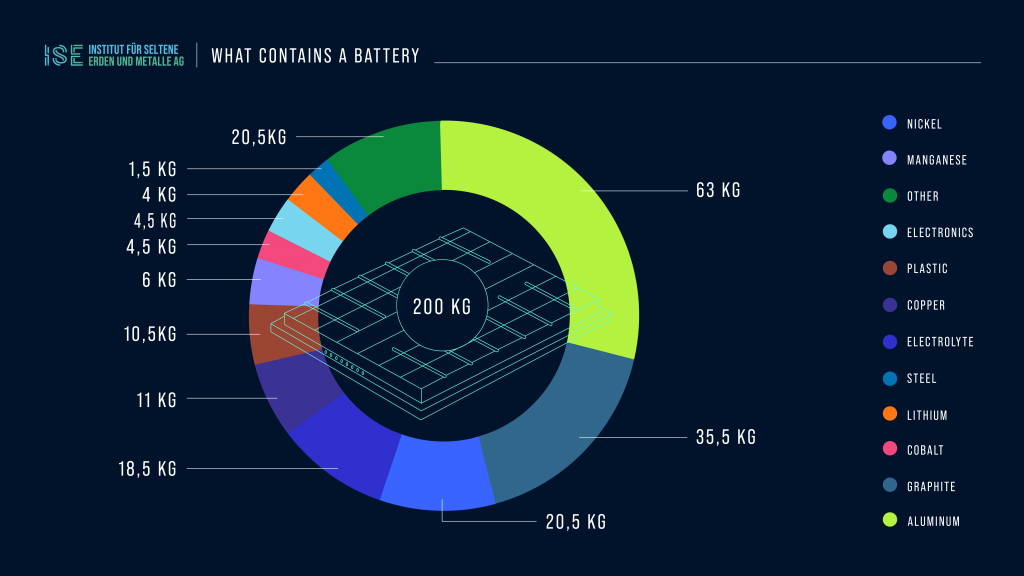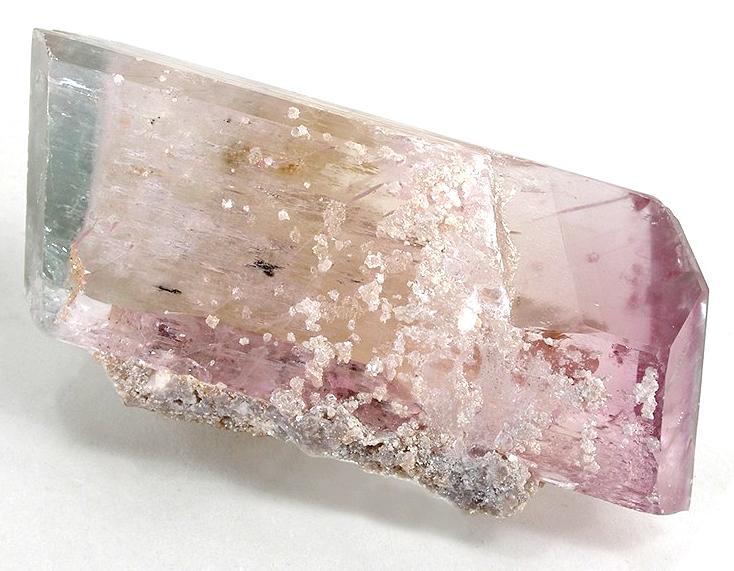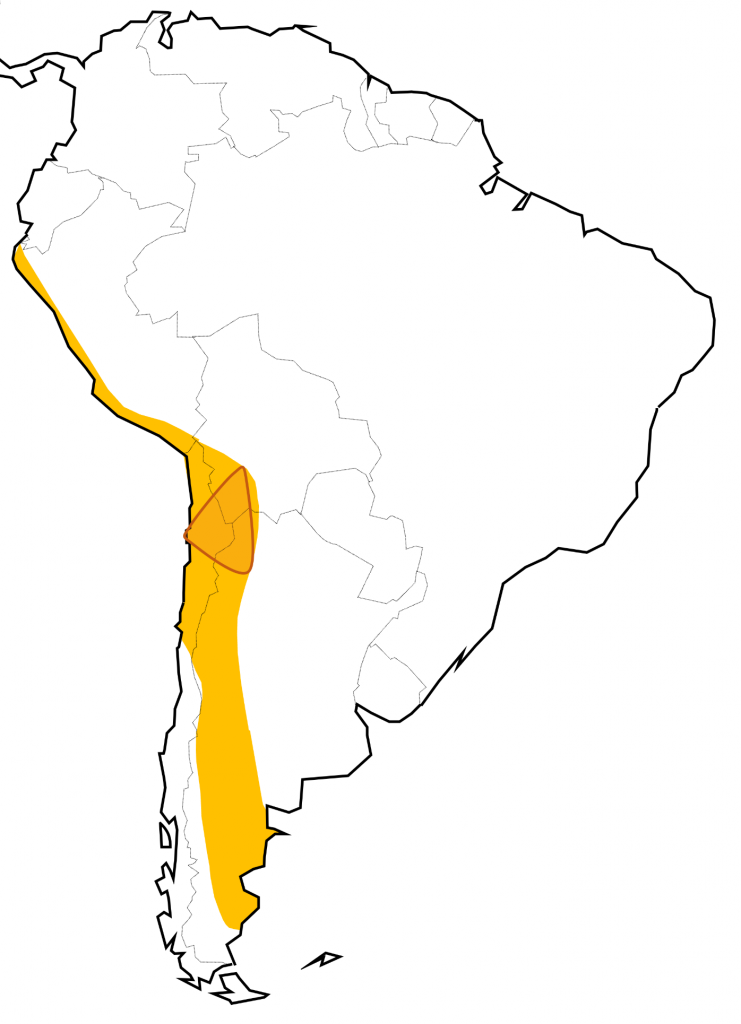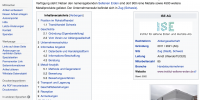Lithium industry: need for improvement in carbon footprint and water consumption
No matter which battery chemistry will prevail in electric cars in the coming years: Lithium will remain an irreplaceable component in drive batteries in the future. The demand for the light metal will increase dramatically in the coming years - and with it the ecological problems associated with mining.
Despite the Covid pandemic and the war in Ukraine, the demand for electric cars is gaining momentum. Not least because politicians in numerous countries have set an expiry date for the production of combustion cars - the EU has set a deadline of 2035.
In 2022, more than 17 million electric cars (including plug-in hybrids) will be on the roads worldwide, half of them in China. In 2021, the number of new registrations worldwide was seven million. In Germany, the federal government wants to double the number of electrically powered vehicles to 2030 million by 15. According to the International Energy Agency, in order to achieve global climate neutrality by 2050, two billion electric cars would have to be on the world's roads.
Lithium bottlenecks inevitable
Electromobility is therefore a key driver of lithium demand. According to estimates from the lithium industry, three quarters of the demand for lithium comes from batteries for electric cars. In 2021, global lithium production was almost 100.000 tons of pure lithium metal. An increase of 21 percent compared to the previous year. Consumption rose even more in 2021 by a third to 93.000 tons. The analyst firm Fastmarkets expects demand to be slightly higher than supply as early as next year. This trend is expected to steadily intensify until 2030. From around 2028, many analysts expect serious shortages in battery-capable lithium products.
The electrification of mobility for the sake of climate protection is leading to an increasingly aggressive race for access to the "white gold" in view of the foreseeable shortage. At the same time, however, the importance of battery metals being mined in an environmentally friendly and socially responsible manner is coming to the fore. German car manufacturers in particular are very interested in sustainable lithium, not least because of the supply chain law. Because “clean” cars are only as clean as their supply chain. So where does the lithium in electric cars made in Germany come from and what footprint does the mining and further processing leave behind? According to the company, lithium in electric vehicles from Mercedes Benz AG and the Volkswagen Group comes from Australia and Chile, while BMW comes from Australia and Argentina.
More than half of the "white gold" mined worldwide currently comes from Australia, where 55.000 tons of lithium were mined last year. The lithium is extracted from spodumene, an ore containing lithium, in classic open-cast mining. With a salary of six percent, the Australian deposits are very attractive. Western Australia is also home to the world's largest lithium mine, Greenbushes, which is owned by US, Chinese and Australians. US chemical giant Albermarle holds 49 percent, Chinese lithium producer Tianqi 26,01 percent and Australian mining company IGO 24,99 percent. The US Geological Survey estimates Australia's reserves at 5,7 million tons.
By diesel ship to China
However, the lithium ore has not yet been processed in Australia. It is brought to China by diesel-powered ships. In order to make the lithium suitable for batteries, the ore is heated to 1000 degrees Celsius in energy-intensive conversion plants, usually powered by coal, and treated with chemicals to obtain lithium carbonate or lithium hydroxide.
According to calculations by Roskill, nine tons of CO2 are emitted per tonne of refined lithium carbonate equivalent (LCE). With demand for lithium increasing this decade, Roskill projects that carbon emissions from lithium production will increase six-fold by 2. Although the production of electric cars is more CO2030-intensive than that of combustion cars, many studies come to the conclusion that they reduce the CO2 backpack over the course of the car's life and are generally more climate-friendly than combustion engines. Nevertheless, questions remain unanswered, such as how efficient battery production will become and which power sources will be used to charge the growing number of electric cars. In addition, according to the manufacturer's recommendation, batteries must be replaced every eight to ten years.
After all, the CO2 balance of Australian lithium could soon improve during transport. Since May, the Chinese-Australian joint venture Tianqi Lithium Energy Australia has been Australia's first lithium refinery to produce lithium hydroxide. US competitor Albermarle has also built a lithium refinery 100 kilometers north of the Greenbushes mine. But it will be a few years before both refineries can process enough capacity and many tons of lithium ore will have left Australian ports for China.
Lithium's carbon footprint is growing
The Argonne National Laboratory, a research institute of the US Department of Energy, puts the proportion of CO2 emissions from lithium carbonate in a lithium-ion battery at about four percent. The management consultancy Minviro, which specializes in life cycle analyzes for mining, refers to market forecasts that assume that lithium carbonate will increasingly be replaced by lithium hydroxide in the future because it ensures a longer range due to the higher energy density. In order to obtain lithium hydroxide, additional processes are necessary, which are associated with higher energy consumption and thus higher emissions.
However, the emissions from the production of lithium hydroxide vary greatly depending on the lithium source. In a life cycle analysis, Minviro calculated the emissions for different sources. Battery-grade lithium hydroxide, which comes from the salars in Argentina, comes out on top with eight tons of CO2 per ton. At 15 tons, lithium hydroxide from Australian spodumene has emissions that are almost twice as high. If the lithium industry does not manage to significantly reduce carbon emissions during production, the proportion that is attributed to lithium in a battery will increase from four to 20 to 30 percent.
Water stress in the lithium triangle
Lithium production in South America is considered to be more climate-friendly. 70 percent of the world's lithium reserves are located in the so-called lithium triangle, which stretches across the dry plateaus of Chile, Argentina and Bolivia. The light metal is won here from salt water that is pumped from a depth of several hundred meters to the surface in evaporation basins. The lithium content of the brine is well below one percent. It takes up to twelve months for enough water to evaporate before the lithium content increases to six percent. Although the evaporation process takes a long time, it only uses natural solar energy, which has a positive effect on the CO100 balance. A preliminary stage of battery-capable lithium carbonate is produced on site, most of which is then also shipped to China for processing. While the carbon footprint is only one-third that of lithium from Australian spodumene, solar extraction puts stress on water systems in the extremely arid area. Up to two million liters of water are used for one tonne of lithium.
70 percent of brine-derived lithium comes from areas categorized as high-risk for water by the World Resource Institute's Water Risk Atlas. The residents, mostly indigenous people who have lived on the edge of the desert from cultivation and animal husbandry for centuries, have complained about water shortages since lithium has been mined on a large scale. Between 2000 and 2015, 21 percent more water was withdrawn from the Atacama region than was supplied by rain or meltwater.
Black box groundwater systems
The residents are also observing a decline in the number of flamingos, which have their habitat on the salt lakes at altitudes of up to 4000 meters. The animals, which are adapted to very salty waters, breed there and feed on brine shrimp. A study by British researchers published this year now confirms the residents' observations. According to the authors, the number of animals in the Salar de Atacama, where lithium mining is concentrated, has decreased by ten to twelve percent. They attribute the loss to lithium mining because, according to the researchers, the number of flamingos has remained constant in comparable areas where no lithium is mined. The mining changes the salt concentrations in the salars, which affects the ecosystem.
Scientists also suspect that removing large amounts of the salt water has a negative impact on neighboring fresh water reservoirs because they sink and become salinated. The companies Albermarle and SQM, which mine lithium in Chile, deny that the decline in water has anything to do with lithium production. Although Chile has experienced a historically unique drought for twelve years, there are hardly any studies that deal with the research of the underground water systems and the effects of lithium mining.
The German car manufacturers Mercedes-Benz, Volkswagen and BMW are trying to shed light on parts of their supply chains by commissioning studies and entering into dialogue with local stakeholders. This year, the University of Massachusetts Amherst and the University of Alaska Anchorage are releasing a study commissioned by BMW and BASF. She comes to the conclusion that the saltwater extraction during lithium mining does not correlate with changes in surface water or in the groundwater. The authors found that the water in the ecosystems is over 65 years old. This means that water systems are responding to changes in water use and climate much more slowly than previously thought. Decades may pass before the effects of lithium mining can be seen in water systems, which requires close monitoring.
Unlike Chile, where lithium has been mined since the 1980s, large-scale lithium mining is relatively new in neighboring Argentina. Since 2015, a joint venture between the Australian mining company Allkem, the Japanese metal trader Toyota Tsusho and the regional government has been producing lithium from the Salar Olaroz-Cauchari. There are also a number of mining projects in the pipeline. The neighbors of the Salar Olaroz-Cauchari are now also complaining about problems with the water supply. Together with scientists and non-governmental organizations, they are calling for a moratorium on lithium mining in Argentina until the underground water systems and the effects of lithium mining have been better studied. But the government of the highly indebted state has a great interest in earning a living from lithium mining. It was only this year that the state-owned gas and oil company YPF decided to mine lithium itself in Fiambala, in the west of the Catamarca province.
BMW relies on DLE
DLE, Direct Lithium Extraction, is considered a more environmentally friendly alternative to evaporation basins. The US company Livent has been using this method successfully for many years in the Salar de los Muertos in Argentina. The method ensures sustainable water use and minimizes the impact on local ecosystems, emphasizes the BMW Group, which signed a multi-year supply contract with Livent in 2021 worth 285 million euros. In addition, Livent, whose customers include Tesla, provides important data on the BMW-initiated study on responsible lithium mining, according to the group.
DLE comprises a number of different techniques in which the lithium is extracted from the brine. These include chemical precipitation, adsorption, solvent extraction or membrane technologies. The challenge is that DLE has to be adapted to the respective lithium source since the mineral composition of the brines varies greatly. The livent procedure cannot therefore be transferred one-to-one to other salaries. Livent is one of the few companies producing lithium commercially using DLE. Companies like the Australian Vulcan Energy, which wants to mine lithium in the German Rheingraben, are still looking for the right DLE technology that can also be used on a large scale.
Institute for Rare Earths and Metals, November 2022





